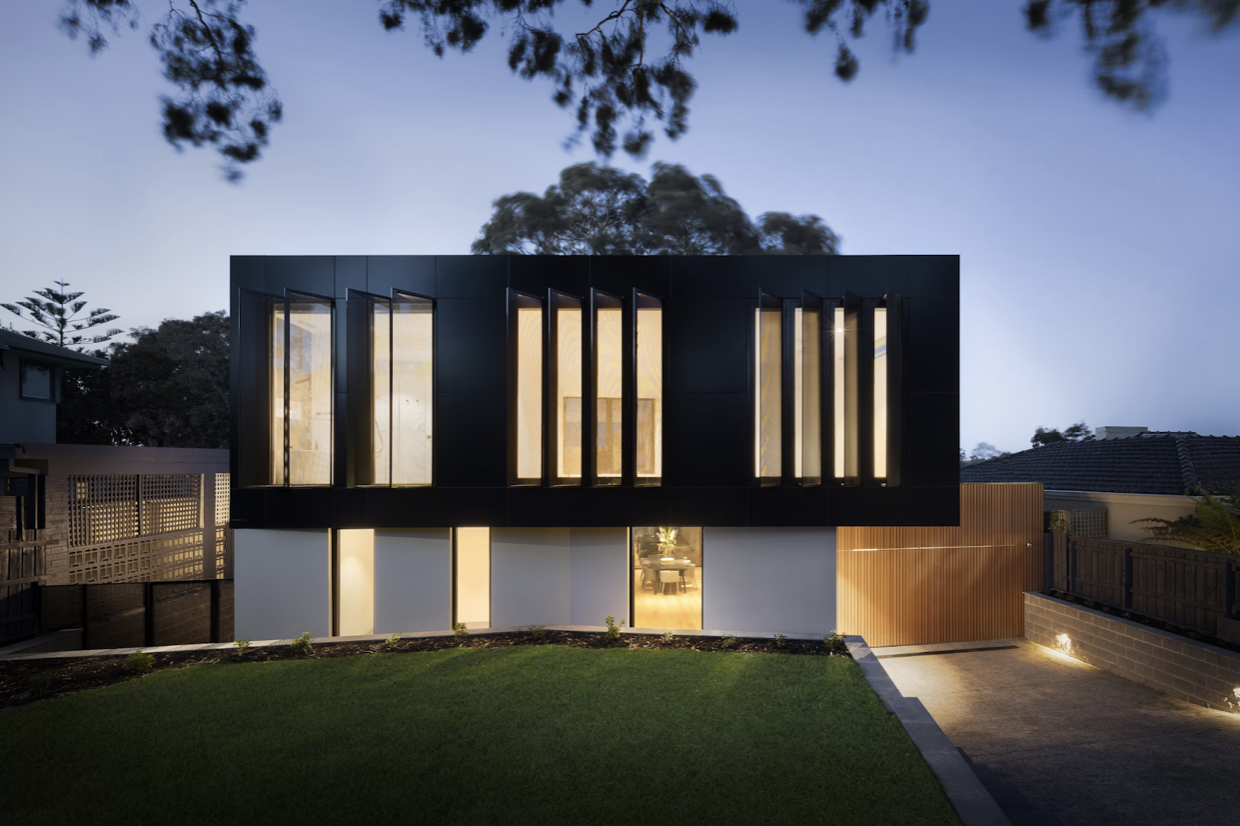Hannes Meyer, Swiss architect and second director of the famed Bauhaus art school, wrote an essay in 1926 called The New World. In it, he lays bare the contemporary trends created by science, developing technologies and the cultural changes they bring. He succinctly summarizes his point in the phrase, “each age demands its own form.”
Our homes are the purest expression of the very way we live and our current age is making demands on its form. Modern desires and anxieties are fueling trends in new homes. Whether it is a desire for more connectivity (digital and social) or anxieties around the pandemic, architects are rising to the occasion and responding to our age.
Here are some of the trends architects are noticing when designing for a new world:
More multi-role houses
COVID-19 has changed our relationship with space, and not just because of social distancing. Thanks to work and or study-from-home schemes, we are spending more time at home than ever before. This has created the need for spaces that fulfill more than one kind of need.
Gone are the days of siloed living areas where the kitchen, the living room and the foyer are walled off. Buyers are now more interested in open-concept design for the first floor. For the same reason companies often choose open-concept co-working spaces, more and more homes are being built with this configuration to encourage socialization. More time with the family means more time talking.
But that isn’t to say that personal space will be a thing of the past. Home offices are hot right now. Parents and their kids need their own spaces for work and study. More and larger rooms, including multiple master bedrooms, with an emphasis on creating a threshold between home life and work life are on the rise.
This trend could generate larger homes to accommodate the space requirements. Homes are already getting bigger for reasons other than the changing role of space. Perhaps these demands can further push houses to upsize.
Spaces that encourage good mental health
The connection between space and health is not a new concept. There used to be the idea of a sanatorium, a place where a person of means went to convalesce from a physical ailment. A famous one is the Paimo Sanatorium in Finland designed by husband and wife architects Hugo and Aino Aalto.
This space-and-body connection has since evolved into a mind-and-space relationship and architects know this. New research by the Royal Institute of British Architects (RIBA) provides vital insight into the minds of those whose relationship with space has frayed as a result of the pandemic.
People reported more stress (11%), anxiety (10%) and depression (10%). The vicious cycle continued as respondents couldn’t relax (9%) and their productivity suffered (6%). “Over recent months our homes have had to become the workplace, school, and gym, and yet still be a place to relax and recover from all the everyday stresses and strains – impacting entire households,” said Environmental Psychologist Eleanor Ratcliffe of the University of Surrey.
In a previous blog, we spoke about how wellness spaces are in demand. These can be rooms that are separate from the hustle and bustle of the house with a peaceful atmosphere and ample light. This can include yoga spaces, music rooms and outdoor spaces.
For this homeowners are breathing new life into outdoor spaces. Renovations to patios and gardens are a breath of fresh air for those who were burdened by the weight of forced cloistering.
Integration of technology
Young first-time home buyers are coming into the market with new ideas. The home is not just a place to rest your head at night. It is also the extension of the owner’s mind and worldview.
These residents demand much in the way of technology. Stylish home charging stations for all devices fill a convenience niche that younger families demand. Smart thermostats and anti-UV windows lower climate control costs and minimize the hit on the wallet. Smart home security with seamless integration with wifi and mobile devices ranks high on the list as well.
Green tech-minded buyers are coming into the market as well. Photo-voltaic cells, or solar panels, are probably the most visible sustainability trend.
In summary, these are this age’s trends influencing form in our lives. The home is an extension of the self. Knowing someone’s true mind is the ultimate intimacy, hence why the home is one of the most intimate spaces imaginable.
Knowing these trends can make architects form a mind-and-setting connection between the buyer and their home. Designers must develop this skill if they hope to succeed.

